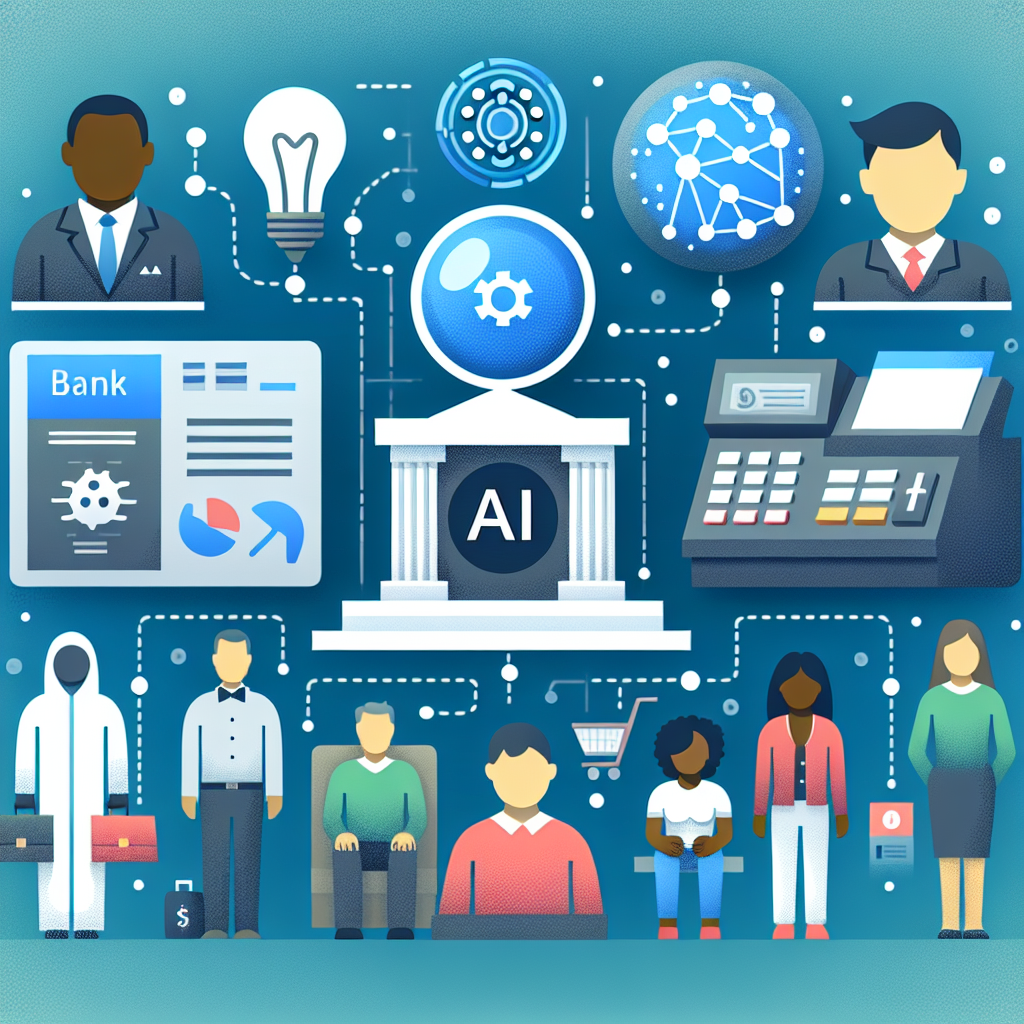In recent years, artificial intelligence (AI) and predictive modeling have revolutionized the way retail banks operate by providing valuable insights into customer behavior and preferences. By leveraging advanced data analytics and machine learning algorithms, banks can anticipate customer needs and tailor their services to enhance customer satisfaction and loyalty. In this article, we will explore how AI and predictive modeling are transforming the retail banking industry and discuss the benefits and challenges associated with these technologies.
Anticipating Customer Behavior with AI and Predictive Modeling
Retail banks generate vast amounts of data on a daily basis, including customer transactions, account balances, loan applications, and more. By using AI and predictive modeling, banks can analyze this data to gain valuable insights into customer behavior and preferences. These technologies can help banks anticipate customer needs and provide personalized recommendations and offers to enhance the overall customer experience.
One of the key advantages of using AI and predictive modeling in retail banking is the ability to segment customers based on their behavior and preferences. By analyzing historical data and patterns, banks can identify different customer segments and tailor their products and services to meet the specific needs of each segment. For example, banks can use predictive modeling to identify customers who are likely to switch to a competitor and offer them personalized incentives to retain their business.
AI and predictive modeling can also help banks improve their marketing strategies by predicting customer responses to different marketing campaigns. By analyzing customer data and behavior, banks can identify the most effective marketing channels and messages to target specific customer segments. This can help banks optimize their marketing spend and increase the return on investment of their marketing campaigns.
Furthermore, AI and predictive modeling can help banks reduce risk and fraud by identifying potential fraudulent activities and suspicious transactions in real-time. By analyzing historical data and patterns, banks can detect anomalies and flag them for further investigation. This can help banks prevent fraudulent activities before they occur and protect their customers from financial losses.
Benefits of AI and Predictive Modeling in Retail Banking
There are several benefits associated with using AI and predictive modeling in retail banking, including:
1. Personalized Customer Experience: By analyzing customer data and behavior, banks can offer personalized recommendations and offers to enhance the overall customer experience. This can help banks build stronger relationships with their customers and increase customer loyalty.
2. Improved Marketing Strategies: AI and predictive modeling can help banks optimize their marketing strategies by predicting customer responses to different marketing campaigns. This can help banks target the right audience with the right message at the right time, leading to higher conversion rates and increased revenue.
3. Risk Reduction: AI and predictive modeling can help banks reduce risk and fraud by identifying potential fraudulent activities and suspicious transactions in real-time. This can help banks prevent financial losses and protect their customers from fraud.
Challenges of AI and Predictive Modeling in Retail Banking
While there are many benefits to using AI and predictive modeling in retail banking, there are also several challenges that banks need to consider, including:
1. Data Privacy and Security: Banks need to ensure that customer data is secure and protected when using AI and predictive modeling. This includes complying with data privacy regulations such as GDPR and implementing robust security measures to prevent data breaches.
2. Data Quality and Accuracy: The effectiveness of AI and predictive modeling relies on the quality and accuracy of the data being used. Banks need to ensure that the data they are analyzing is clean, accurate, and up-to-date to generate reliable insights and predictions.
3. Integration with Legacy Systems: Many banks still rely on legacy systems that may not be compatible with AI and predictive modeling technologies. Banks need to invest in modernizing their systems and infrastructure to fully leverage the benefits of these technologies.
FAQs
Q: How can AI and predictive modeling help banks improve customer retention?
A: AI and predictive modeling can help banks identify customers who are at risk of switching to a competitor and offer them personalized incentives to retain their business. By analyzing customer data and behavior, banks can anticipate customer needs and provide targeted offers to enhance customer loyalty.
Q: What are some examples of AI applications in retail banking?
A: Some examples of AI applications in retail banking include chatbots for customer service, predictive analytics for credit scoring, and fraud detection algorithms for detecting suspicious transactions.
Q: How can banks ensure the ethical use of AI and predictive modeling?
A: Banks need to establish clear guidelines and ethical standards for the use of AI and predictive modeling to ensure that customer data is used responsibly and transparently. This includes obtaining customer consent for data processing and ensuring that algorithms are free from bias and discrimination.
In conclusion, AI and predictive modeling have the potential to transform the retail banking industry by providing valuable insights into customer behavior and preferences. By leveraging these technologies, banks can anticipate customer needs, personalize their services, and improve their marketing strategies. While there are challenges associated with implementing AI and predictive modeling, the benefits far outweigh the risks. As technology continues to evolve, it is essential for banks to embrace AI and predictive modeling to stay competitive in the rapidly changing banking landscape.

